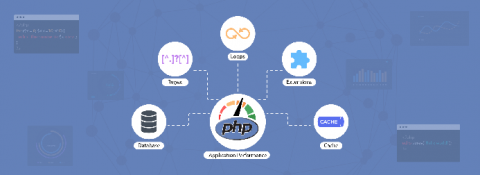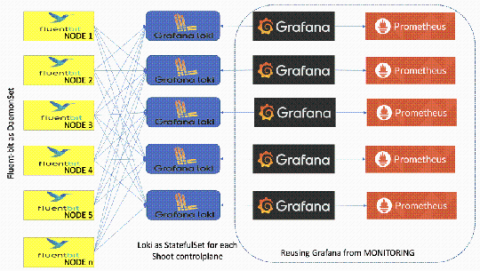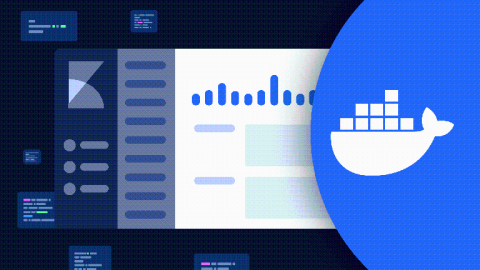Crisis management during a downtime - How to communicate with customers
A website downtime for any online business can be a time of great concern, anxiety, stress, and panic. So many questions will go through the mind of the website owner, such as; A website downtime is indeed a nervy period for any online business, but most especially for small and medium scale businesses still trying to find their feet in a highly competitive and unforgiving business environment.










